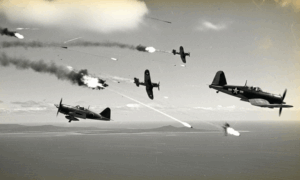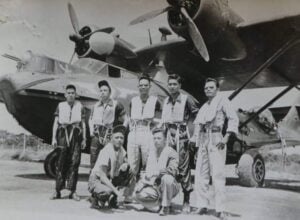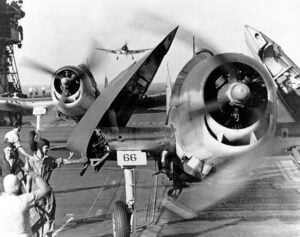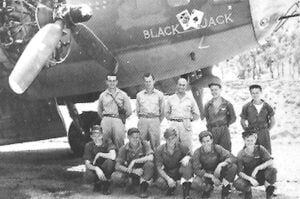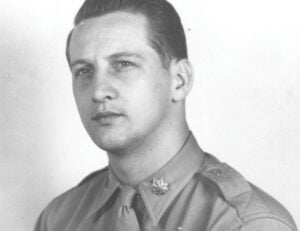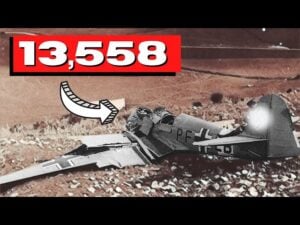5 Overlooked Underdog Planes of World War II That Made History
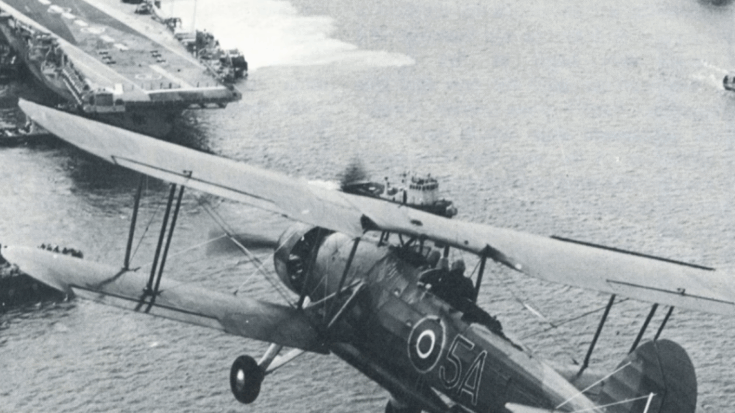
Curious list / YouTube
During World War II, some aircraft became legends while others quietly proved their worth. These lesser-known planes didn’t always get the spotlight, but they played important roles in the air war. From outdated designs that surprised their enemies to underdog fighters flown with great skill, these aircraft made their mark in ways that history often overlooks.
Curtiss P-36 Hawk – Forgotten but Fierce
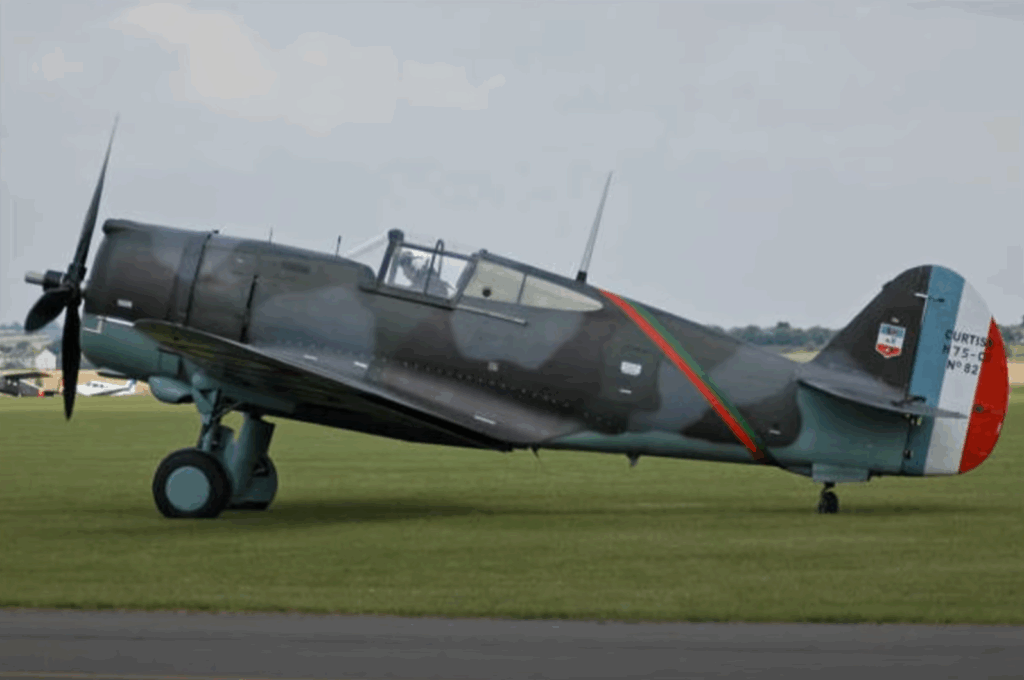
The Curtiss P-36 Hawk is often left out of discussions about American fighters in World War II. In U.S. service, it was quickly overshadowed by newer planes like the P-40 and P-51. But outside the U.S., the Hawk made a real impact. France used it with great effect in 1940. Even though it only made up 12% of the French fighter force, it accounted for about a third of France’s air victories.
Finland also used the P-36, where it earned the nickname “Sweetheart.” Finnish pilots flying the Hawk scored over 190 aerial victories with just 15 losses. That kind of success put it in the same league as better-known fighters. The Hawk was fast, tough, and more effective than many remember.
PZL P.24 – Greece’s Surprising Sky Warrior

The PZL P.24 was a Polish-built export fighter used by Greece during the war. When Italy invaded in 1940, the P.24 was already outdated compared to newer enemy aircraft. But Greek pilots flew it with determination and skill. One famous case involved Lieutenant Marinos Mitralexis, who ran out of ammunition during a dogfight and rammed an Italian bomber with his propeller.
The P.24 helped bring down 37 Italian and three German aircraft during the conflict. Though it wasn’t advanced, it became a symbol of resistance and pride. The aircraft is now remembered in Greece as a small plane that made a big difference.
Vickers Wellesley – Cracking Codes & Sinking Subs
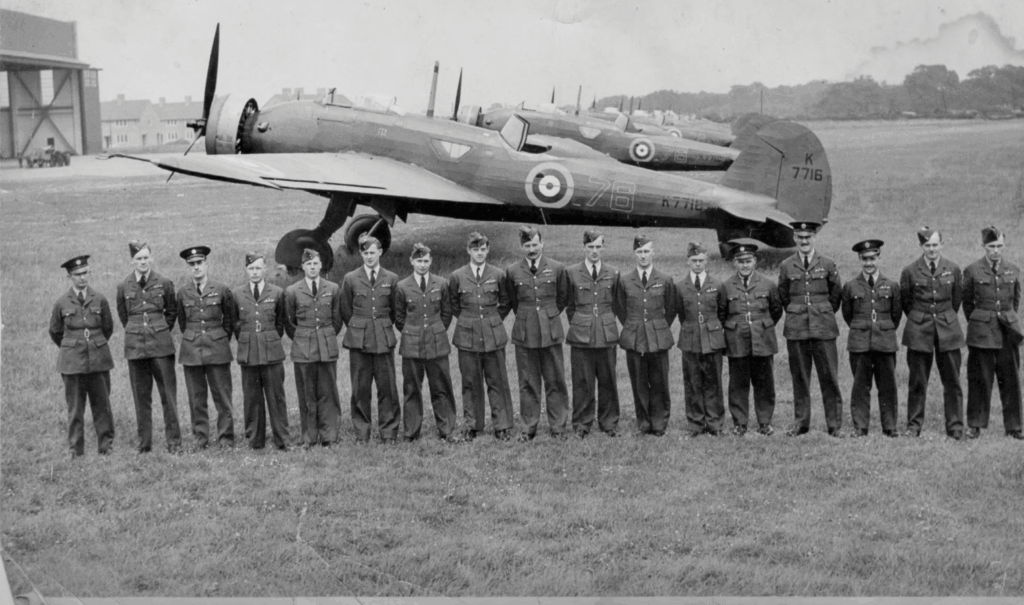
The Vickers Wellesley was old-fashioned even before the war started. It had a single engine and a long, thin frame. But on October 30, 1942, a Wellesley helped locate German submarine U-559. That led to the capture of secret Enigma codebooks that played a key role in breaking enemy naval codes.
In another mission in 1940, Wellesley bombers destroyed thousands of tons of fuel in a raid on an Italian base in Eritrea. For a plane so often forgotten, the Wellesley managed to play a small but key part in both intelligence and direct attacks.
Focke-Wulf Fw 200 – The Atlantic’s Silent Killer
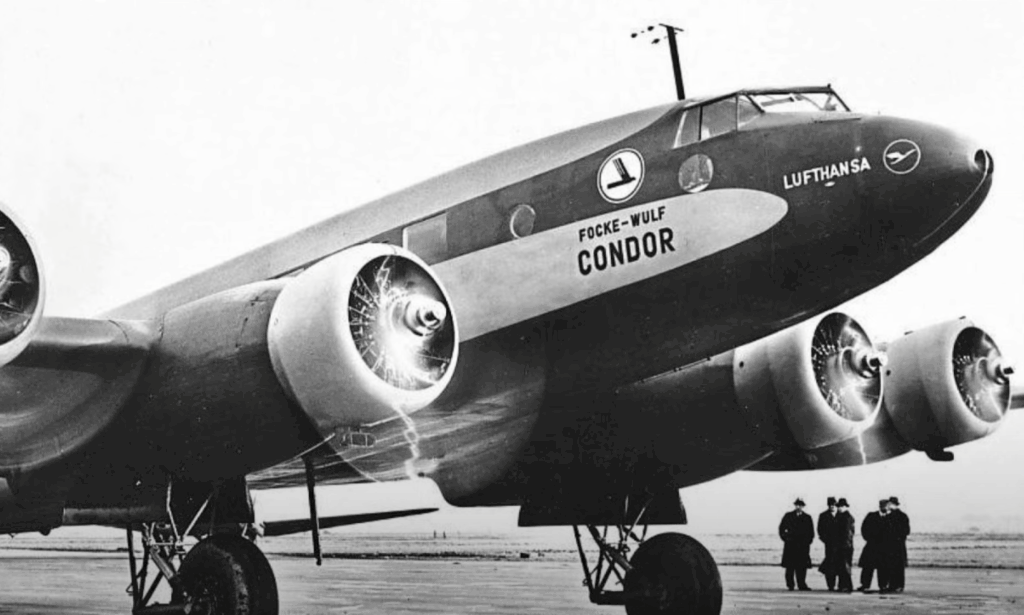
Originally designed as a passenger plane, the Focke-Wulf Fw 200 Condor was turned into a long-range bomber and patrol aircraft by Germany. It became one of the most dangerous threats over the Atlantic Ocean, sinking more than 300,000 tons of Allied shipping during the war. Its long range allowed it to spot Allied convoys and direct submarines to strike.
Because of its success, the Allies had to respond by building escort carriers and catapult-launched fighter planes. Though the Fw 200 was known to be structurally weak and underpowered, its impact on the Atlantic war was major. Even Winston Churchill reportedly called it the “scourge of the Atlantic.”
Fairey Swordfish – The Biplane That Sank a Navy
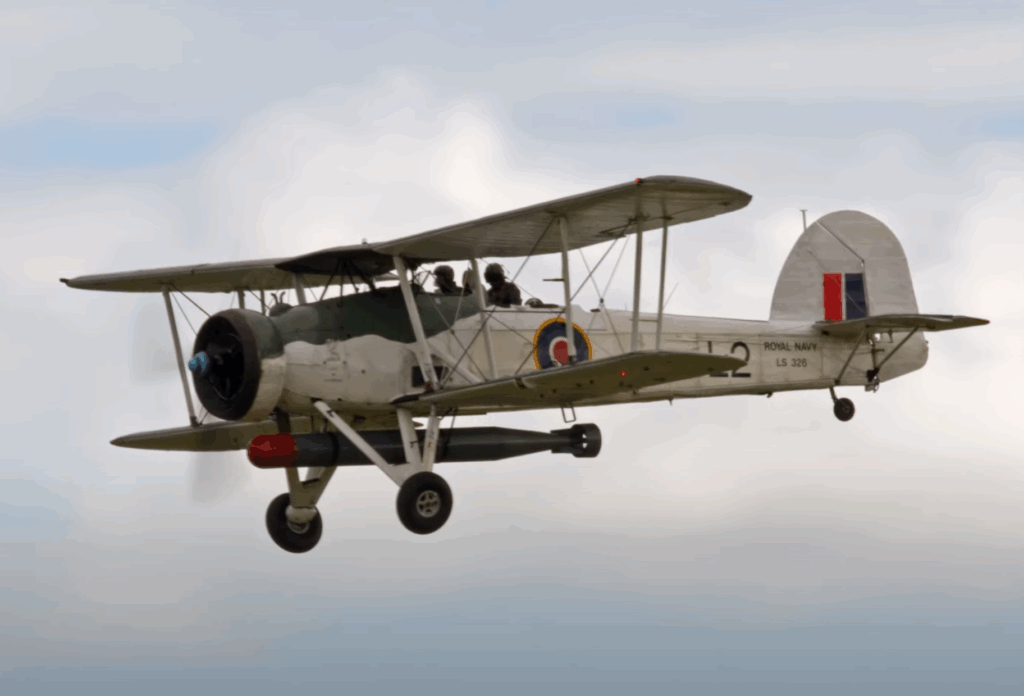
The Fairey Swordfish looked outdated even before the war began. It was slow, had open cockpits, and was a biplane in an age of fast monoplanes. Yet in 1940, Swordfish crews launched a bold nighttime attack on the Italian fleet at Taranto. They damaged three battleships, proving that aircraft could cripple capital ships, an idea that would later influence attacks like Pearl Harbor.
The Swordfish kept flying missions across the war. It destroyed 25 submarines, operated from small escort carriers, and guarded over 200 convoys. Its nickname, “String Bag,” came from its ability to carry many types of weapons. Despite its appearance, the Swordfish proved that even old designs could shape the outcome of modern war.













